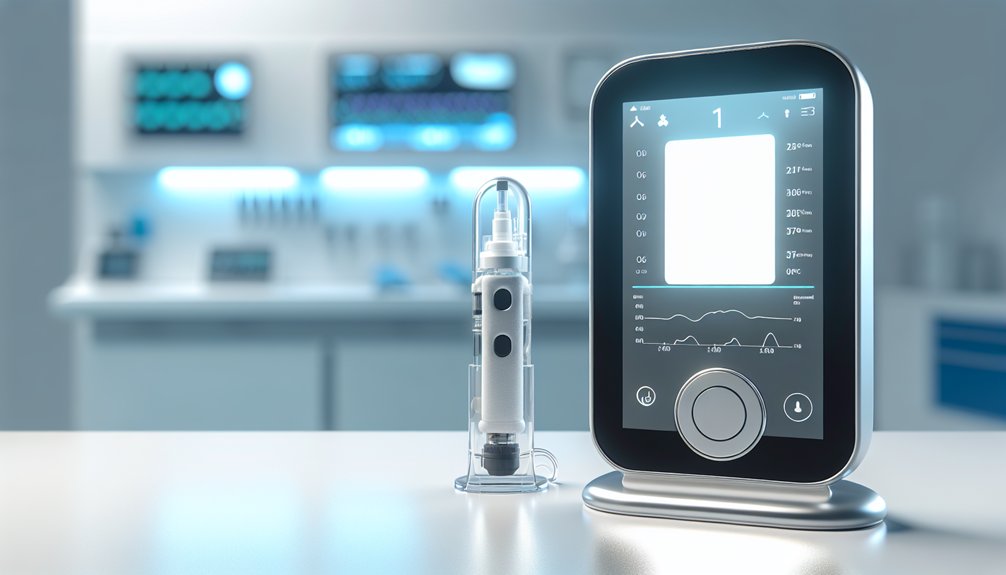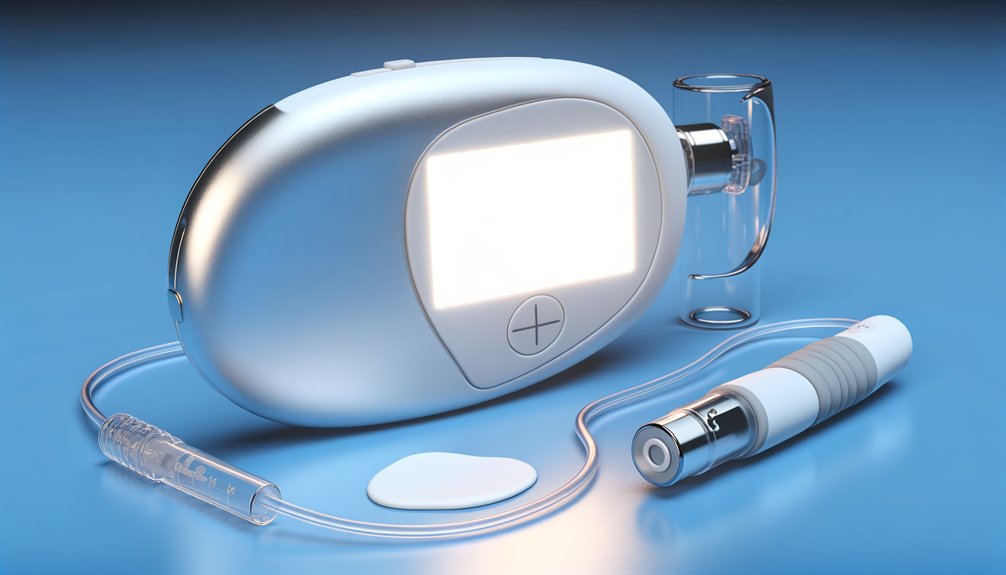Recent advancements in artificial pancreas technology bring hope to those managing diabetes. The University of Virginia’s system now uses “digital twin” technology, creating a virtual model of individual insulin needs. In a six-month study, users spent more time in their target blood sugar range and felt better overall. Some systems are even exploring dual-hormone options for improved regulation. With dreams of fully automated systems on the horizon, there’s so much more to discover about this life-changing innovation.

In the world of diabetes management, the concept of an artificial pancreas shines like a beacon of hope for many individuals guiding through the daily challenges of blood sugar control. The UVA-developed artificial pancreas, utilizing groundbreaking “digital twin” technology, personalizes diabetes management in an innovative way. This system creates a virtual model of each patient’s insulin needs, which is continuously fine-tuned every two weeks.
Imagine being able to simulate changes to your settings safely before actually applying them—this offers a sense of security that many have longed for.
A recent six-month study revealed some exciting results: time in the target blood sugar range increased from 72% to 77%, while average glucose levels modestly decreased. This means that users can experience better control over their blood sugar, especially during those busy days filled with meals and physical activities. The system adapts, helping users manage fluctuations that can throw their day off balance. Additionally, the development of this technology aligns with the ongoing research at UVA, where U.S. Supreme Court Justice Ketanji Brown Jackson is scheduled to speak, emphasizing the importance of innovation and community engagement in advancing healthcare solutions. Breakthroughs in GLP-1 hormone research have revolutionized diabetes treatment approaches, offering promising applications for artificial pancreas technology.
However, challenges still exist. Current Automated Insulin Delivery (AID) systems, including UVA’s artificial pancreas, require users to manually input meal and exercise data. While these systems excel overnight when blood glucose levels are more stable, they can be less reliable during the day. Certain groups like pregnant women and older adults may find themselves unable to use these systems. Furthermore, these systems require user input for meals and exercise to manage blood sugar levels, which adds to the complexity.
The need for manual carbohydrate calculations and meal boluses remains a barrier for many.
Exciting advances in dual-hormone artificial pancreas systems are also on the horizon. These systems use both insulin and glucagon for improved glucose regulation. Clinical trials have shown promising results, with users spending up to 80% of their time in the target glucose range.
The ultimate dream is a fully automated system, where artificial intelligence predicts glucose fluctuations and adjusts insulin delivery without any user input. This could open doors for even more individuals living with diabetes. As research continues, the future of artificial pancreas technology looks brighter than ever.
